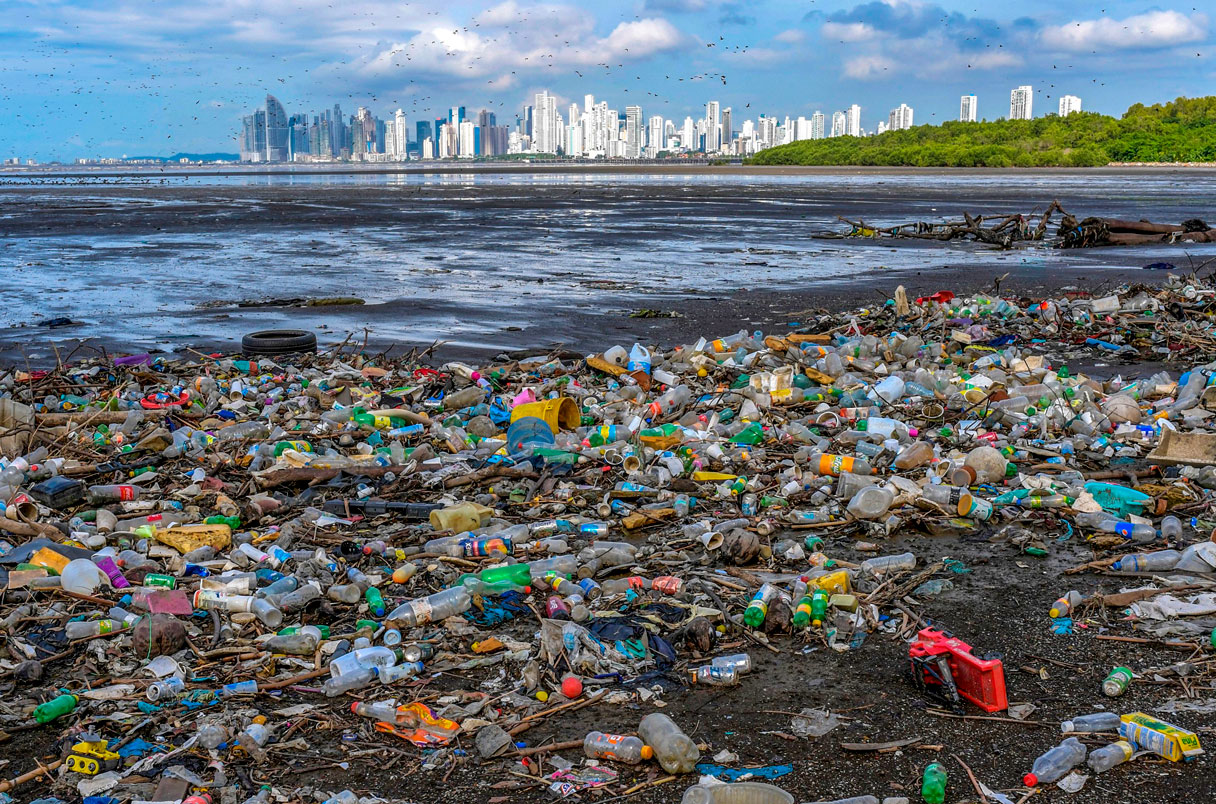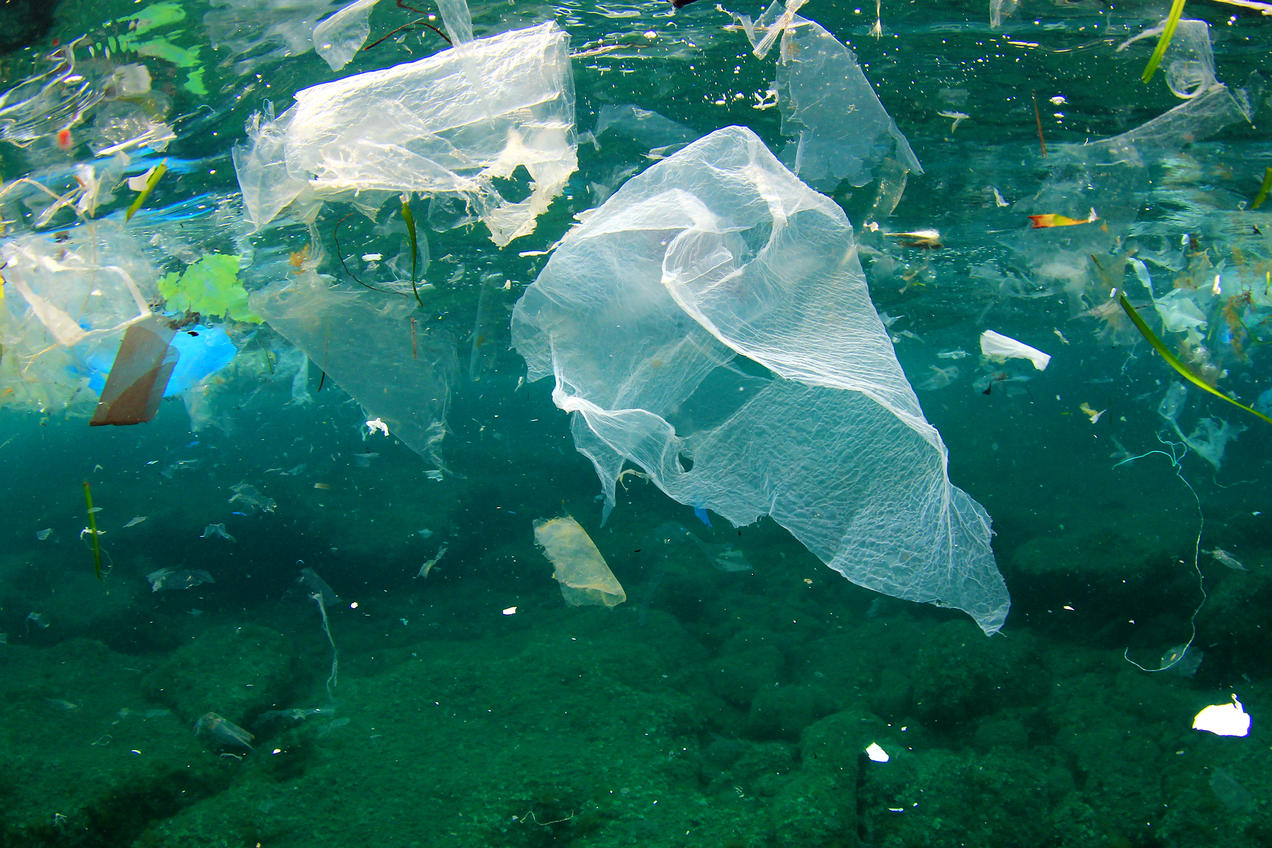The millions of tones of plastic floating across the world’s oceans have recently gotten a lot of press. Plastic pollution, on the other hand, may pose a greater harm to land-based plants and animals, including humans.
Only a small percentage of the plastics we throw away each day is recycled and burnt in waste-to-energy plants. Most of it end up in landfill, where it can take up to 1000 years to degrade, potentially releasing harmful chemicals into the soil & water.
Microplastics in soils, sediments, and waters, according to German researchers, could have a long-term harmful influence on ecosystems. They claim that land microplastic pollution is four to 23 times higher than ocean microplastic pollution, based on the environment.
The researchers conclude that, despite the fact that little research has been done in this field, the findings to date are alarming: plastic pieces are found nearly everywhere and can cause a variety of negative impacts.
One-third of all plastic garbage, according to the report, ends up in soils or waters. The majority of this plastic breaks down into microplastics (particles smaller than five millimeters), which then breaks further into nanoparticles lower than 0.1 micrometer in size). The issue is that these particles find their way into the food chain.
Sewage
The spread of microplastics is influenced by sewage. According to the study, between 80% and 90% of plastic particles found in sewage, including those from clothing fibers, survive in the sludge. Because sewage sludge is frequently used as fertilizer, thousands of tones of microplastics wind up in our soil each year. Microplastics have been identified in drinking water.
Furthermore, disease-causing organisms may be carried on the surfaces of microscopic plastic shards, acting as the vector for diseases with in environment. Microplastics can potentially influence the health and function of soil fauna. “When microplastic are present in soil, earthworms, for example, create their burrows differently, impacting the earthworm’s fitness & the soil condition,” according to a Science Daily article about the study.
Toxic Consequences

The Proceedings of Royal Society released the first-ever field investigation in 2020 to investigate how the presence of microplastic affects soil fauna. According to the study, ground microplastic pollution has resulted in a decline in species that dwell beneath the surface, including mites, larvae, and other small organisms that keep the ground fertile.
Chlorinated plastic can leak hazardous chemicals into the soil, which can then leak into groundwater & other nearby water sources, harming both the environment and the ecosystem. This can have a variety of potentially detrimental consequences for aquatic creatures.
When plastic particles degrade, they acquire new physical & chemical properties, increasing the likelihood that they will be harmful to organisms. The more potentially damaged species and ecological processes there are, the more harmful impacts are likely to occur.
Plastic particles leach additives like phthalates & Bisphenol A (also known as BPA). These chemicals are known to have hormonal effects on vertebrates and invertebrates alike, and can disrupt their hormone systems. Nanoparticles can also trigger inflammation, pass through cellular barriers, & even cross highly selective membrane like the blood-brain barrier & the placenta. They can affect gene expression and metabolic events within the cell, among other things.

